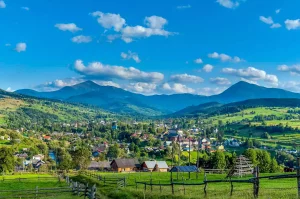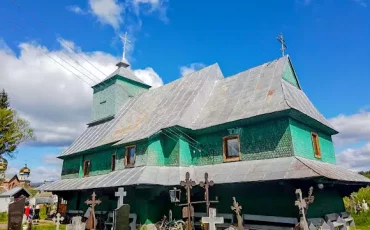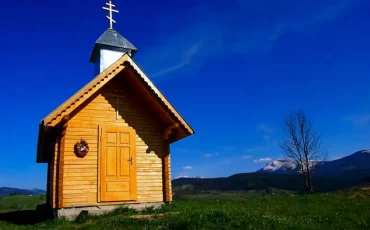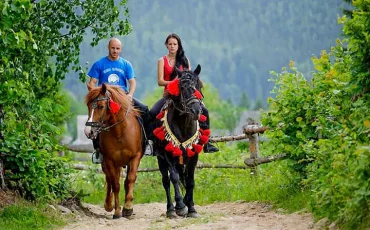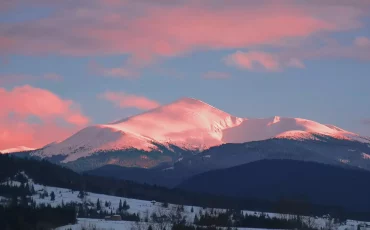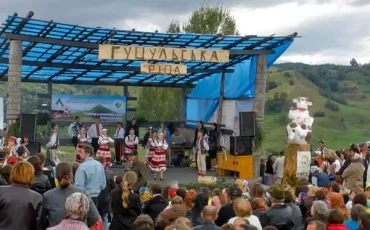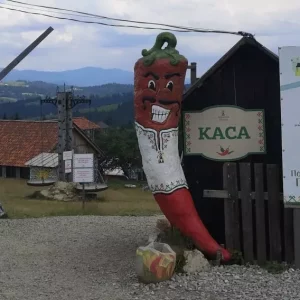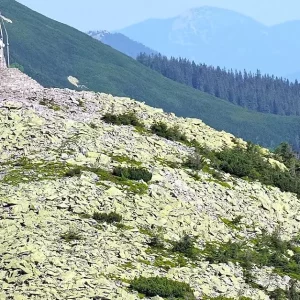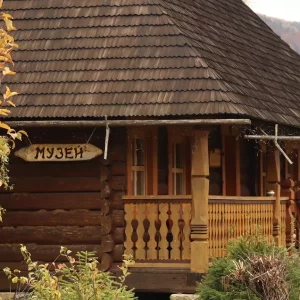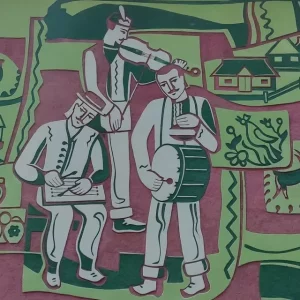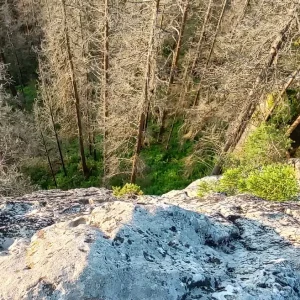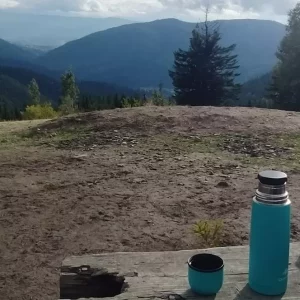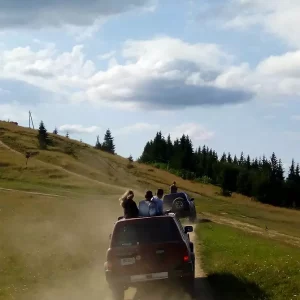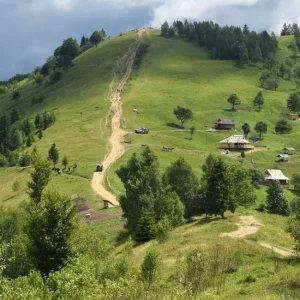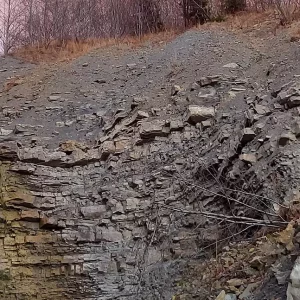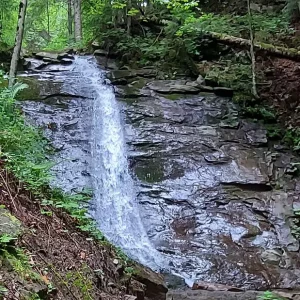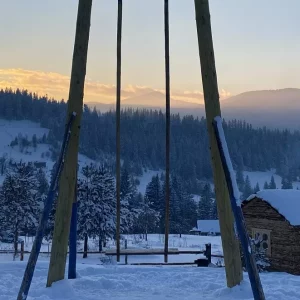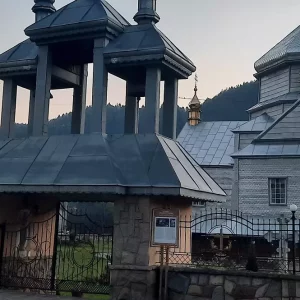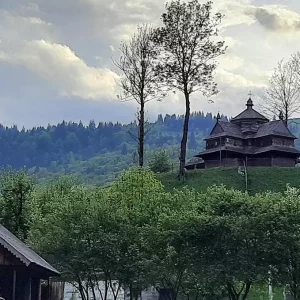The first mentions of the village of Lazeshchyna are found in written documents in 1555. For a long time, the village was part of the Tysodolinyan District of the Maramoros County of Austria-Hungary.
The village got its name in connection with the existence of a “crossing” between Galicia and Transcarpathia. It is not reliably known whether that “transition” between the two regions was just a figment of popular imagination. According to folk tales, in ancient times, shepherds with their flocks of sheep passed from Galician villages through the forest through the Yablunytsky Pass to Transcarpathian meadows and meadows through “crossings”.
Most of the inhabitants of this picturesque place were peasants who fled from the socio-economic oppression of the lowland areas. During the Kurut uprising of 1703-1711, Lazeshchyna was covered by the activities of the Opryshki detachments of F. Boyk, I. Pinti, and I. Pysklivy.
In the first half of the 18th century, Lazeshchyna was the base of the leader of the Carpathian Opryshk rebels Oleksa Dovbush, who visited this region together with his comrades.
In 1724, near Lazeshchyna in the Stebnyi tract, a dam and sluices were built for timber rafting. Since then, this fishery, together with sheep grazing, has become one of the main occupations of local residents.
Over time, the small village began to grow. People here have always been very religious. In 1827, a wooden church of St. was built in the village. Peter and Paul. And in 1871, the wooden church of the Transfiguration was moved here from the village of Yablunytsia, which is located just beyond the pass in Galicia Lord’s year 1780. Both shrines have been preserved to this day.
The location near the Yablunytsky Pass in peacetime was an additional incentive for development, and during wars it became a real disaster for local residents. Lazeshchyna was at the very epicenter of the battles during the First World War. Already in 1914, a breakthrough of Russian troops was made through it. After the war and the collapse of Austria-Hungary, the village was part of the Hutsul Republic and the West Ukrainian People’s Republic. In those turbulent times, local residents actively fought for the independence of Ukrainian lands.
Unfortunately, soon the territory of Lazeshchyna was occupied by Romanian troops, and in 1919 it became part of Czechoslovakia. In 1939, during a short historical moment, Lazeshchyna became part of Carpathian Ukraine, which was almost immediately occupied by Hungarian troops. From September 24, 1944, the village was under the control of Soviet troops.
During the Second World War, Lazeshchyna became one of the centers of the partisan movement, both communist and pro-Ukrainian.
Since 1991, Lazeshchyna has been an integral part of independent Ukraine. Nowadays, Lazeshchyna has turned into a tourist center with a population of about 4,200 people, which attracts thousands of tourists every year.
